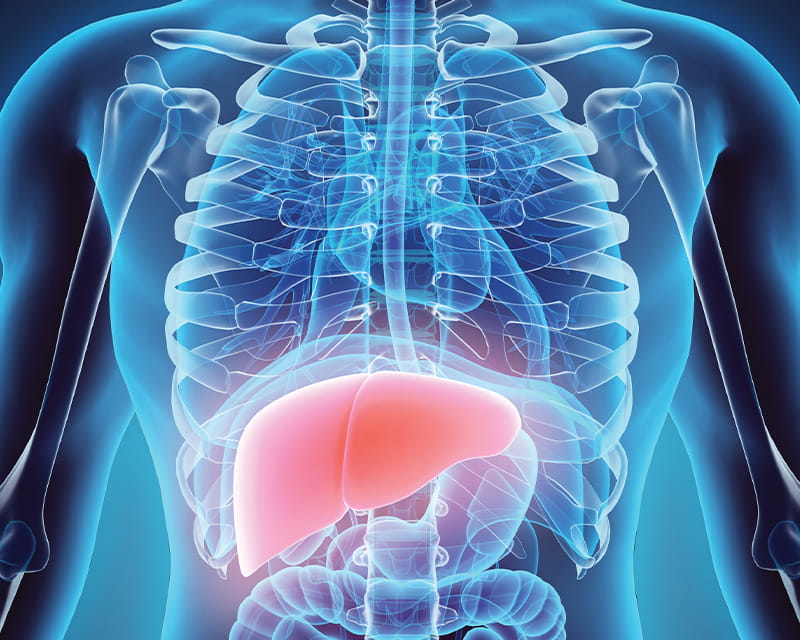
Comprehensive Esophageal Health Center opens with more convenient, streamlined care
 The Comprehensive Transplant Center at The Ohio State University Wexner Medical Center has one of the largest organ transplant programs in the nation, ranking in the top 20 for liver transplant volume, while maintaining a first year patient survival rate of 94%. Noteworthy innovations include ex-vivo liver perfusion, split liver transplantation, a living liver donor program and the ability to transplant hepatitis C-positive livers.
The Comprehensive Transplant Center at The Ohio State University Wexner Medical Center has one of the largest organ transplant programs in the nation, ranking in the top 20 for liver transplant volume, while maintaining a first year patient survival rate of 94%. Noteworthy innovations include ex-vivo liver perfusion, split liver transplantation, a living liver donor program and the ability to transplant hepatitis C-positive livers.
Ohio State Wexner Medical Center surgeons have performed 1,450 liver transplants since their first-in-Ohio liver transplant in 1984. From 2016 to 2020, volume growth accelerated nearly 280%—increasing from 39 to 148 procedures annually under the leadership of Ken Washburn, MD, division director of Transplant Surgery and executive director of Ohio State’s Comprehensive Transplant Center (CTC).
Ohio State Wexner Medical Center’s current 94.42% first-year survival rate is higher than the national rate of 93.92%, as collected by the Scientific Registry for Transplant Recipients (SRTR). The Comprehensive Transplant Center's CTC median wait time for a liver is 5.7 months, compared to the regional median of 6.5 months (updated July 6, 2021).
In addition to these outstanding volume and patient outcome metrics, the liver transplantation program at the Ohio State is one of only three locations in Ohio able to perform adult living liver donor transplants. We're also one of only 55 comprehensive cancer centers in the nation, as designated by the National Cancer Institute, and are experts in treating hepatocellular carcinoma and in preparing these patients for liver transplantation. Ohio State Wexner Medical Center also serves as a training site for liver transplant hepatologists.
Recent Ohio State program milestones include:
You can find a comprehensive overview of the Ohio State Wexner Medical Center liver transplant program here.